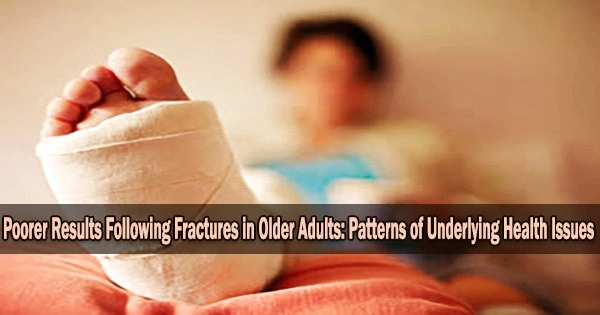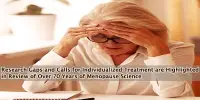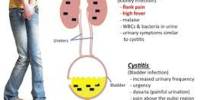According to a recent study from the Garvan Institute of Medical Research, certain combinations of underlying health problems are a substantial risk factor for worse health outcomes in older persons who have had a fracture.
More than 300,000 Danish citizens who were 50 years of age or older and had had a fracture were the subject of the study.
The researchers discovered a greater mortality rate in patients with fractures closer to the center of the body than they had anticipated for the general population of people their age. These fractures included those in the hip, spine, upper arm, and leg. The mortality risk increased again if those with fractures also had several or severe medical problems.
Researchers discovered that specific clusters of illnesses were linked to higher mortality rates, suggesting that practitioners should utilize this knowledge to identify patients who would need more extensive medical treatment.
“This is an important study that could really change the way in which we provide medical treatment to older adults,” says Professor Jacqueline Center, Head of the Clinical Studies and Epidemiology lab and lead author of the study. “It can potentially be a new way of thinking about how we view people with fractures, considering the site of fracture in light of their specific underlying health conditions.”
The new study is published in the journal JAMA Network Open.
Health disorders like diabetes, heart disease, and osteoporosis are often managed according to their specific diseases. These new findings propose that, in addition to the risk from the illness being treated, examining clusters of underlying conditions may be able to identify people who are at a greater risk of experiencing worse outcomes.
This is an important study that could really change the way in which we provide medical treatment to older adults. It can potentially be a new way of thinking about how we view people with fractures, considering the site of fracture in light of their specific underlying health conditions.
Professor Jacqueline Center
A relatively healthier group with typically only one or no health conditions, a cardiovascular group, a diabetic group, and a cancer group with an additional liver/inflammatory group for men were discovered by the researchers to naturally cluster into five distinct groups for men and four for women at the time of fracture.
Visiting scientist Robert Blank adds, “It is not good enough to count other illnesses. Their severity and their combinations must also be taken into account. Many patients with a history of prior cancers, for example, were not in what we call the cancer cluster, but the cancer cluster included virtually all those who had evidence of advanced cancer. The same kind of sorting by severity was observed in the other clusters as well.”
Interestingly, a fracture closer to the body’s center, such as one to the hip, vertebrae, or upper arm bones, increased the probability of death. In contrast, there was almost no increase in death rate among those in the healthy group who suffered fractures further away from the spine, such as in the hands and forearms.
The risk of death following these fractures was significantly higher in the presence of specific clusters of health disorders than in the absence of either fractures or health issues. For instance, the mortality rate following hip fracture amongst men in the cancer cluster was 41% higher than similarly aged men in the general community.
Additionally, diabetes alone did not increase the risk of mortality in otherwise healthy individuals, but diabetes combined with cardiac, vascular, or renal illness did.
“This research highlights that there’s an interaction between the fracture and a patient’s cluster of health conditions their underlying health and that this could be a good way to identify at-risk people,” says Dr. Thach Tran from Garvan, first author of the study. “We can identify people who will likely fare poorly. Importantly, the findings from this research may be applicable to many disease settings in which sentinel events occur with pre-existing health disorders.”
Professor Center speculates that the interaction between the immune system and bone may be the cause of the link between multiple underlying conditions, the type of fracture, and poor outcomes.
“Bone is not inert. When you break a bone, you get increased bone turnover and associated inflammatory factors and I suspect that in underlying diseases, this process is not well controlled and a fracture may fuel underlying health issues,” she says.
The following steps involve determining whether these clusters are present in other diseases, whether they are universal, and whether they can be used by clinicians as a predictive tool.
















